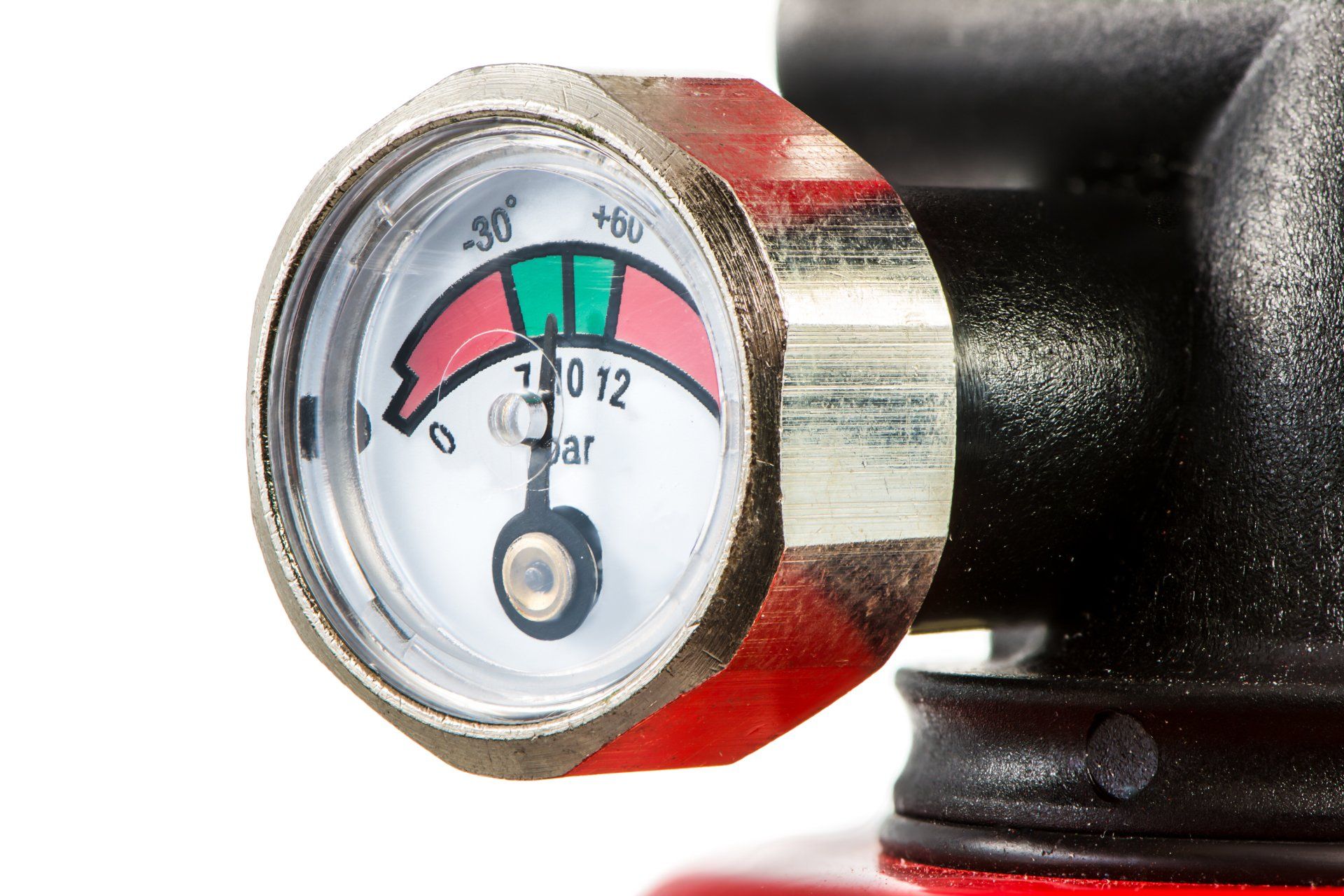Retail & Commercial
We understand the devastating impact that fire can have on a retailer and particularly on the brand of a multi-site retailer. Having a fire risk assessment in place is a crucial part of protecting your business and your reputation.
Book Your Assessment
Drop us a line and we’ll get back to you!
High Quality
Suitable
Sufficient
The benefits of using G.F. fire Solutions as a retailer are:
Fast turnaround of risk assessments
Group discounts for multiple premises
Fully compliant with insurance requirements
Prevention or fast response to enforcement notices
Ongoing support available as your competent person

INDEPENDENT FIRE
RISK ASSESSORS
With our team of specialists, we offer you only the best when it comes to Fire Risk Assessments. Get in touch with G.F Fire Solutions today.
Fire Risk Assessments
Within the M25 & surrounding areas.
Fire Risk Assessment Frequently Asked Questions (FAQ's):
We’ve listed out some of the questions we frequently get asked about our fire risk assessment service. If you have any other questions, feel free to get in touch.
The official legislation about Fire Risk Assessment requirements for different types of premises are listed below:
6.—(1) This Order does not apply in relation to —
(a)domestic premises, except to the extent mentioned in article 31(10);
(b)an offshore installation within the meaning of regulation 3 of the Offshore Installation and Pipeline Works (Management and Administration) Regulations 1995(1);
(c)a ship, in respect of the normal ship-board activities of a ship’s crew which are carried out solely by the crew under the direction of the master;
(d)fields, woods or other land forming part of an agricultural or forestry undertaking but which is not inside a building and is situated away from the undertaking’s main buildings;
(e)an aircraft, locomotive or rolling stock, trailer or semi-trailer used as a means of transport or a vehicle for which a licence is in force under the Vehicle Excise and Registration Act 1994(2) or a vehicle exempted from duty under that Act;
(f)a mine within the meaning of section 180 of the Mines and Quarries Act 1954(3), other than any building on the surface at a mine;
(g)a borehole site to which the Borehole Sites and Operations Regulations 1995(4) apply.
The above legislation states that that every type of building is covered by The Regulatory Reform (Fire Safety) Order. So if you’re responsible for any building, you are required to conduct fire risk assessments on a “regular basis”.
A retail fire risk assessment is conducted through a systematic process to identify potential fire hazards, evaluate risks, and develop strategies to mitigate them. Here’s a general overview of how it’s typically done:
Identification of Hazards: The first step involves identifying potential fire hazards within the retail environment. This includes examining factors such as electrical systems, heating equipment, flammable materials storage, and potential ignition sources like open flames.
Assessment of People at Risk: Determine who might be at risk in case of a fire. This involves considering the presence of customers, employees, and any other individuals within the premises. Special attention is given to individuals with mobility challenges or special needs.
Risk Evaluation: Assess the identified hazards and their potential impact on people and property. Evaluate the likelihood of a fire occurring and the potential consequences if it does.
Fire Safety Measures: Develop strategies to mitigate identified risks. This could involve installing or upgrading fire detection and suppression systems, ensuring proper signage for escape routes, and implementing safe storage practices for flammable materials.
Emergency Plans: Create comprehensive emergency plans that detail evacuation procedures, assembly points, communication methods, and roles and responsibilities of staff during a fire emergency.
Documentation: Document all findings, assessments, and strategies in a written report. This report becomes a crucial reference for implementing fire safety measures and emergency procedures.
Review and Update: Regularly review and update the assessment, especially when there are changes to the retail environment or operations. Major renovations, changes in occupancy, or modifications to fire safety systems should prompt a reassessment.
Remember that the specifics of a retail fire risk assessment can vary based on the size of the establishment, the nature of the merchandise, and local regulations. Consulting with fire safety professionals can provide tailored guidance for your specific retail environment.
The responsibility for conducting a fire risk assessment typically falls on the owner, manager, or a designated person with fire safety expertise within the retail business.
The legislation does not clearly state how often you need to conduct a Fire Risk Assessment (since it will change on a case by case basis), but it can be generally applied to most people that a fire risk assessment should be conducted on an annual basis. This can change according to the size of your premises and your history of fire safety compliance.
The relevant legislation can be found listed below:
The Regulatory Reform (Fire Safety) Order 2005 states assessments should be reviewed as follows:
” Risk assessment (Article 9)
(3) Any such assessment must be reviewed by the Responsible Person regularly so as to keep it up to date and particularly if—
(a) there is reason to suspect that it is no longer valid; or
(b) there has been a significant change in the matters to which it relates including when the premises, special, technical and organisational measures, or organisation of the work undergo significant changes, extensions, or conversions,”
Failure to comply with current Fire Safety Legislation is illegal in the U.K. Whether commercial or residential, your grounds can be inspected by the authorities to assess whether you are following all relevant fire safety legislation.
They will often ask for a copy of your most recent fire risk assessment report and confirm whether or not all necessary recommendations have been followed.
If you are found to not be complying with current legislation, the law can exercise the following options:
1) Carry out further inspection of the building.
2) Enforce a mandatory Fire Risk Assessment to be conducted as soon as possible which must be taken care of by the person responsible for the building (if one is not already arranged).
3) Serve Enforcement Notice requiring the Responsible Person to take the necessary steps to achieve legislative compliance within a set time frame.
4) Serve a Prohibition Notice which can result in the closure of the premises on a temporary basis. This can either be a full or partial closure.
5) Prosecute on the basis of non compliance with fire safety legislation (Up to 2 years in prison and an unlimited fine)
The FAQ section may be out of date at the time you are reading this, so we don’t recommend using the legislation on these pages as a substitute for the official pages.





